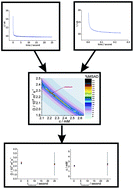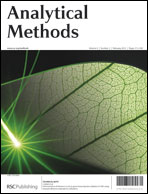We report the optimal transient times for chronoamperometric experiments in order to simultaneously determine accurate values of concentration (c) and diffusion coefficient (D), or alternatively the number of electrons passed (n) providing c is known. This is achieved by the analysis of the current-time transients resulting from potential steps for the oxidation of ferrocene in acetonitrile and the reduction of cobaltocenium in 1-ethyl-3-methylimidazolium bis(trifluoromethyl-sulfonyl)imide. The analysis is based upon Shoup and Szabo approximation, which has been reported to describe the current response over all time values to within an error of 0.5% [D. Shoup and A. Szabo, Journal of Electroanalytical Chemistry, 1982, 140, 237-245]. The error is quantified through comparing the resulting chronoamperometric data with simulation at all transient times. In addition, an alternative simple approach to the simultaneous determination of nc and D values is proposed by independently investigating the short and long time regimes of chronoamperometric transients. The chronoamperometry of hydrazine is investigated as a multielectron example process.

You have access to this article
 Please wait while we load your content...
Something went wrong. Try again?
Please wait while we load your content...
Something went wrong. Try again?


 Please wait while we load your content...
Please wait while we load your content...